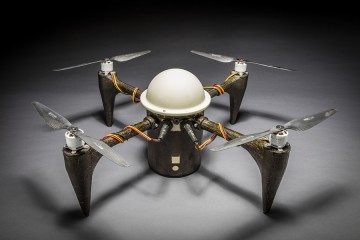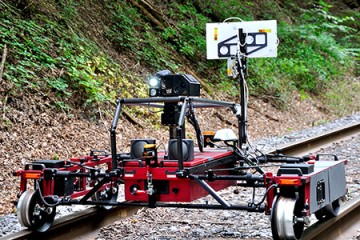After a year of internal research and development, the Johns Hopkins University Applied Physics Laboratory recently conducted a large, at-sea demonstration of swarming, unmanned surface vessels.
Video credit: JHU Applied Physics Lab
The experiment—done in collaboration with the Surface Targets Branch of the Naval Air Warfare Center Weapons Division—was designed to incorporate higher speeds and larger numbers of vessels than in prior tests.
The successful demonstration took place in late September and involved six surface target boats operating together at high speeds, using hardware and software that APL developed and integrated with a boat control system created by the Surface Targets Branch.
"To our knowledge, this represents the first time that six autonomous vessels have 'swarmed' at tactically relevant speeds," said Jim Horris, APL program manager for Autonomy Test and Evaluation. "And the joint team implemented a full safety protocol without the need for additional safety boats."
The demonstration scenario was an unmanned patrol of a restricted maritime area such as a range or marine preserve. The boats—each of which had an individual on board, as a safety precaution—traveled at speeds up to 35 knots (a little more than 40 miles per hour) and executed fully autonomous behaviors, including cooperative persistent search, target detection and tracking, rendezvous, pursuit, and escort.
The operator control station software developed by APL and coupled with the Navy system allowed safe, broad command and control capabilities as well as "on-the-fly" mission planning.
In addition to achieving this milestone capability, the demonstration provided great insight into the challenges of swarming at high speeds, as well as changes needed to establish the operational "trust" necessary for adoption of autonomous systems.
APL is exploring next steps with the Navy and other Department of Defense stakeholders to incorporate the technology into operations and related development programs.
Posted in Science+Technology
Tagged applied physics laboratory, drones









